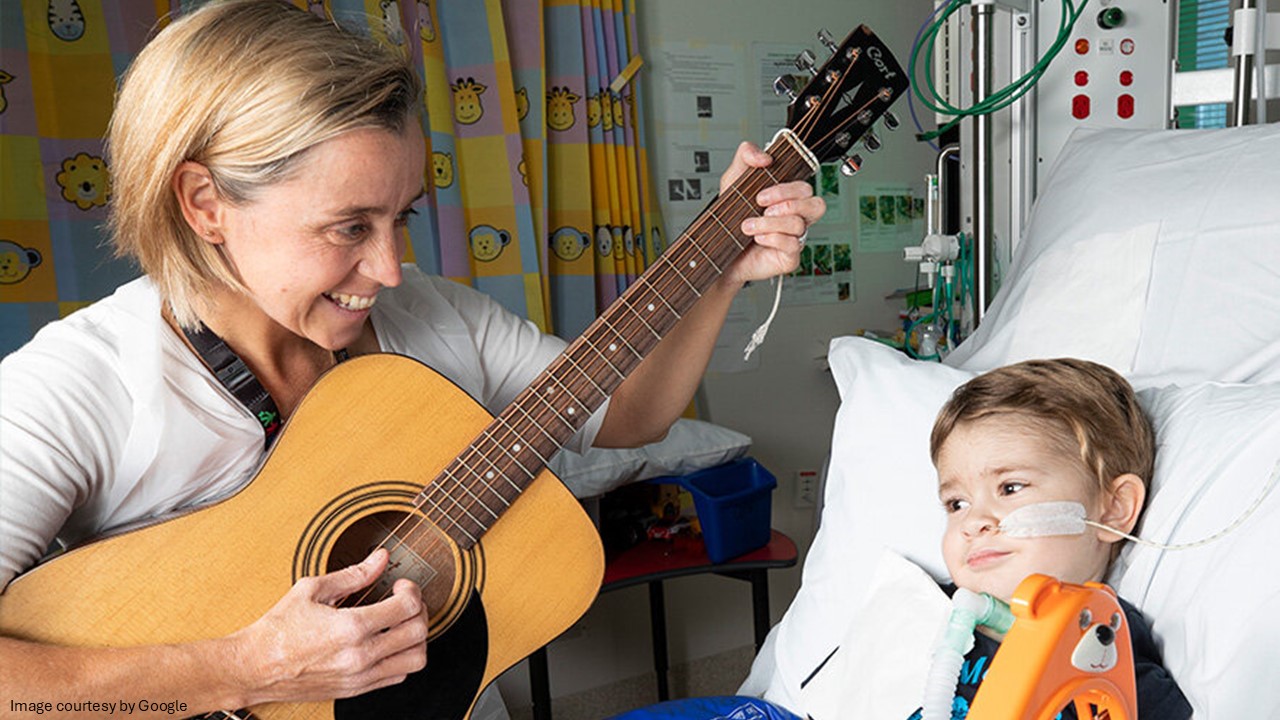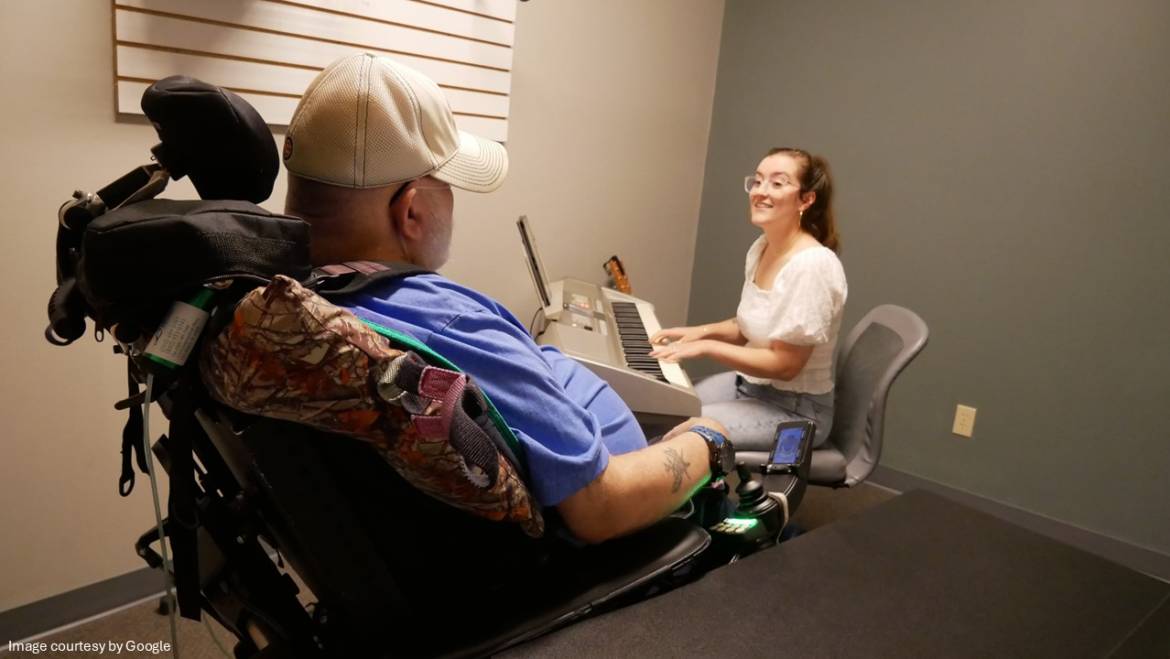Pain relief is often associated with medicines, exercise, diet, supplements, etc., but can it really be relieved through music therapy? The answer is yes; to some extent, it can!
The studies and researches show that music therapy can help in relieving chronic pain. Music is part of daily life for most people. Music has been present since the early part of human evolution and has helped to form civilizations and societies. Music serves various purposes in our day-to-day lives, such as emotional expressions, social cohesion, recreation, interpersonal communication, etc. Due to its great bonding capability and power, music is important in terms of social dynamics.
Music therapy is defined and known as an effective and reliable way of treatment that helps patients. It is a clinical approach, discipline, and a powerful and non-invasive way to support patients in relieving and reducing their pain, depression, and anxiety. It is used in a therapeutic way to address patients’ concerns. This therapy also helps patients with memory issues, confusion, and delirium by accessing the brain.
AMTA (American Music Therapy Association) says that prescribed music therapy given by a qualified person can effect positive changes in the psychological, conginitive, physical, or social functioning of individuals with health or educational problems.
Music therapy is an inexpensive, convenient, and user-controlled option that physiologically influences the patient to generate positivity. The best part of this non-pharmacologic and non-toxic intervention approach is that it is free from any adverse effects. Studies are going on to identify more beneficial therapeutic effects.
The objective of music therapy
The sole adjective of music therapy is relief from pain and discomfort or irritation. Music is a promising strategy and approach to address the psychological, physical, and social needs of people with chronic and sometimes unexplained pain.
This therapy may be provided to patients of all ages from birth to the end of life; however, protocols vary from patient to patient, i.e., infants in the NICU to cancer patients. Music therapy motivates patients to take the treatment willingly.
Things to understand before music therapy:
-
- The purpose of music therapy should be identified after carefully assessing patient needs, circumstances, and preferences. Though music therapy is enjoyable, but it is not entertainment. So it should be considered wisely.
- It is very important to choose a professional music therapist for the desired results. We all know that music is usually pleasant, but the wrong application can be harmful to a patient if the therapist is not aware of how to help the recipient with this technology. The preference for music is very personal, and the wrong uses of it can elicit associations and memories that make a patient upset. The professionals assess it carefully before providing treatment and address patients’ reactions and emotions.
- Music is preferred by most of the population, and anyone can benefit from it in some way or another; one doesn’t need to have musical ability, training, or music background to experience its benefits; however, it is important to use it correctly.
How is music therapy used as pain relief medicine?
Before jumping to learn how music therapy is used for pain medicine, let’s understand what is pain management.
Pain management is a healthcare approach that focuses on relieving pain and improving the quality of life of people who experience chronic pain or other painful health conditions. This approach involves a variety of techniques, including medication, psychological counseling, physical therapy, and lifestyle changes, and further, these approaches are tailored to individuals’ needs and pain conditions.
The goal of music therapy is not just to eliminate pain but to help patients manage their pain effectively by improving their health and coping with emotional and psychological impact.

Be cautious of music therapy contradiction as well, which includes the following:
-
- Music-guided therapy is not indicated for people and patients who experience confusion and disorientation or are sedated.
- Careful assessment is important to know patient’s willingness and ability to tolerate particular music therapy interventions.
- Instrumental improvisation may not be available or appropriate in some hospital settings because the music volume can be harmful to others in the immediate or surrounding environment.
Methods: Music therapy
Music therapy for critical pain management works beyond listening to recorded music; it relaxes patients and optimizes pain management. Board-certified music therapists are professionals who offer support to patients in physical, spiritual, psychologic/emotional, cognitive, or social domains.
Music therapists work across age groups and populations to assist patients with pain management. Music therapists address low to high pain levels and ensure that therapy is performed effectively so the patient receives the desired results. These therapists frequently use needle sticks, IV insertions, and other procedures for adults and children.
Ideally, you can find music therapists at many places, i.e., medical hospitals, daycare treatment centers, psychiatric clinics, community mental health centers, public schools, rehab centers, wellness centers, nursing homes, special education centers, etc. Let your healthcare expert decide if you need music therapy, and follow his guidance for better results.
What frequency heals the body?
The frequency varies depending on the purpose and the patient’s current health condition. At times, people associate music therapy with meditation as well, but this too varies from person to person and the purpose. The frequency of 174 Hz is often associated with pain relief or management in music therapy. It is believed that this frequency stimulates the body’s natural healing mechanisms, promotes relaxation, and reduces pain perception.
Conclusions:
Despite the great benefits of music in managing pain and naturally accompanying difficulties, there remain few examples of applied music interventions that show very little to no effects in severe/chronic pain conditions. Expert’s consultation and guidance are critical to understanding the right course of action to achieve the desired results.



